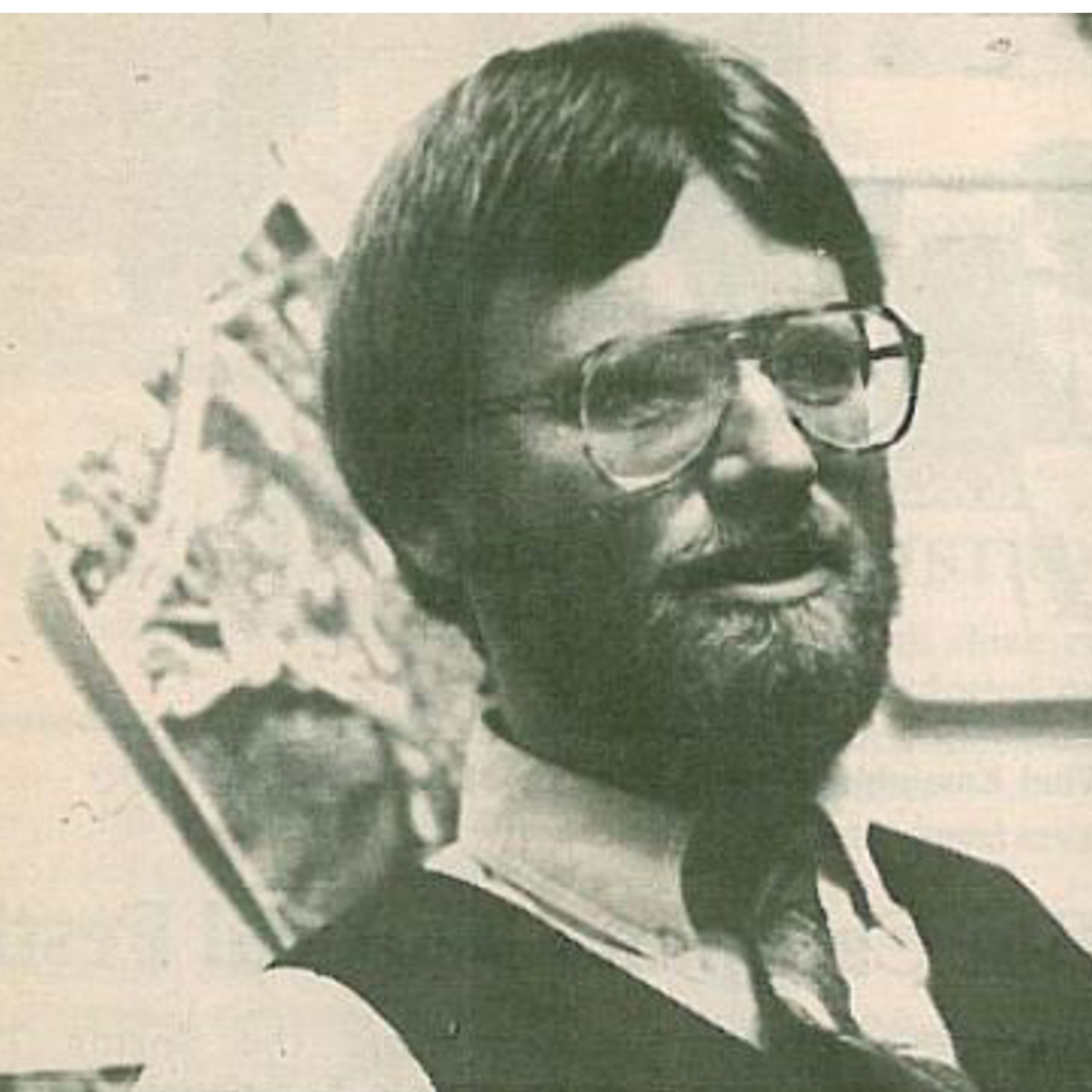Planner Incorporates Human Considerations
Planner Incorporates Human Considerations

Chandler Lee was overwhelmed by the number of people who showed up to participate in the Industrial General Plan Review for the City of Pleasanton. He had just been hired to act as consultant for the citizens' review committee and couldn't believe his eyes when he walked into the Presbyterian Church that first night and waded through the throng of over 300 people.
Chandler was working for the WPM Planning team in Sausalito when he saw the ad in the Chronicle seeking a staff consultant for the newly formed citizens' group. His work for the Industrial Review Committee and the subsequent Residential Review Committee gave him an intense and thorough grounding in the dynamics of planning and citizen involvement in Pleasanton.
During those months as staff consultant he worked day and night attending meetings and preparing documents of technical and theoretical concerns to the committee.
What he likes best about his new job as a regular planner for the city are the regular hours and more manageable demands which now allow for an occasional evening at Davies Hall or dinner with friends in San Francisco.
"I see my job as culling a variety of planning tools from experience in other cities, and bringing them to the City Council in Pleasanton so that they can make the best choice for the residents."
Chandler is thoughtful about his work as a planner. He appreciates the broad issues involved and brings a liberal arts perspective to his work.
He hails from New England and went to school in Vermont. He was originally interested in architecture but was frustrated at the prospect of being limited to recommendations on a single building alone.
He wanted to look beyond the building to the streets, stores, cars, theaters, restaurants and parks. All the human considerations that affect the quality of life. "Cities should be expressions of people's lifestyles," is how he sums it up.
In 1980, Chandler took four months off to travel throughout Europe. And naturally he toured with a planner's eye. What he found most fascinating were those cities that had no planning per se. Those that grew organically according to economic needs and social practices.
In Europe this manifests itself in the presence of a marketplace in the city center. The marketplace spawns a different look in each city; different styles of buildings and different social patterns. Older American cities show the same kind of development.
Chandler likes to think that these natural economic forces continue to influence development in newer suburbs such as our own. His job as a planner is to recognize those forces and to help channel and harness them to enhance people’s lifestyles.
And what does a planner do for fun? Chandler is a jazz enthusiast and loves catching a show at jazz clubs in San Francisco. He also skis, goes to a lot of movies and loves to eat out. He's especially pleased at the growing number of good, new restaurants in the Valley.
He also enjoys photography. A collection of his photographs of European cities hangs on the walls of his cluttered City Hall office. And he collects maps. Maps of cities. Old and new maps of cities. Planned cities and unplanned cities.
To see a reproduction of the original article and edition of Pleasanton Pathways, visit: February 10, 1986 Pathways.




